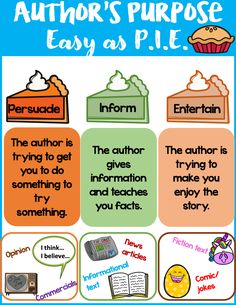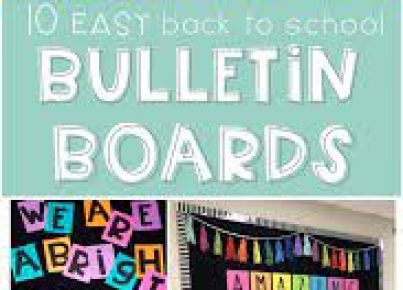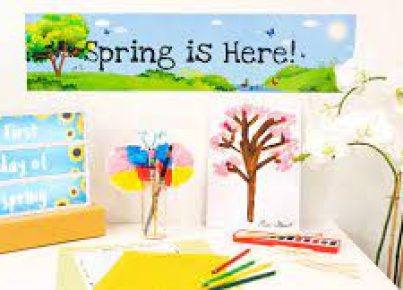Developing an understanding of an author’s purpose is integral to teaching students how to analyze and appreciate literature. By focusing on why an author writes a text – to persuade, inform, entertain, or explain – educators can enhance reading comprehension and critical thinking skills. Here are 24 anchor charts and activities that can enliven your teaching strategies around this concept:
1.Persuade-Inform-Entertain (PIE) Anchor Chart: Design a colorful chart illustrating the three main purposes of writing with examples.
2.Author’s Purpose Sort: Provide students with various texts and ask them to categorize them according to the author’s intent.
3.Interactive PIE Flipbook: Have each student create a flipbook where they can compile examples of texts that persuade, inform, or entertain.
4.Real-World Scenarios: Discuss situations in which the author’s purpose may overlap, such as an informative advertisement meant to persuade.
5.Author’s Intent Detective: Turn your students into detectives who must determine the author’s intent by examining clues within a text.
6.Persuasive Techniques Poster: Highlight common persuasive techniques authors use with bright visuals and explanations.
7.Informational Text Features Guide: Create an anchor chart pinpointing features like graphs, headings, and captions that signal informational texts.
8.Entertainment Value Brainstorm: Ask students to brainstorm what makes a text entertaining and produce an anchor chart from their ideas.
9.Purpose Matching Game: Develop a card game where students match pieces of writing to their correct purpose.
10.Skit Performance: Have students script and perform skits that depict different writing purposes in action.
11.Author’s Purpose Pie Tasting: A novel activity where different “flavors” of pie correspond to various purposes—students can “taste” each by reading sample texts.
12.Writing Workshop: Encourage children to write paragraphs or short essays for different purposes and share them with classmates.
13.Digital Scavenger Hunt: Use online resources for finding texts with particular authorial intents and compile them in a digital format.
14.Classroom Posters Set: Produce individual posters for persuasion, information, entertainment for constant visual reminders around the classroom.
15.Purpose Debate Club: Engage students in debates on pieces of text, arguing about the primary intention of the author.
16.The Author’s Purpose Relay Race: Incorporate kinesthetic learning by having teams “race” to sort examples into the right categories.
17.Book Review Station: Students can write book reviews identifying the author’s purpose and explaining its effectiveness.
18.Interactive Bulletin Board: Create a board where students can pin examples of different purposes they find in their reading assignments.
19.Author Intention Journaling: Integrate journal prompts that encourage reflection on the purpose of different texts read by the student.
20.Guest Writer Sessions: Invite authors to discuss their writing process and intended purpose when creating their works.
21.Analyzing Arguments Activity: Delve into opinion articles with your class and dissect the arguments to determine purposeful persuasion techniques used by its author.
22.The Role-Playing Roundtable: Students take turns portraying authors to explain why they wrote their piece using clear purpose indicators.
23.Cause and Effect Charting: Connect author’s choices in text structure, language, and content to its overall purpose through cause-and-effect diagrams.
24.Infographic Creation: Students use their knowledge of persuading, informing or entertaining texts to design infographics about real-world issues or subjects they’ve studied.





